The mobility of different parts of the body is a vital key for optimal athletic performance as well as overall health. Among the various important movements we use in our daily lives, one is called dorsiflexion. This is a specific movement of the foot (more specifically the ankle) and hand (more specifically the wrist). It may also include the movement of the toes and fingers.
Anatomically speaking, the term dorsiflexion is composed of two words “dorsal” and “flexion”. “Dorsal” means the upper side or back side of a body part whereas “flexion” is a term used to describe a bending movement of a limb that reduces the angle between the bones of the limb at a joint.
What exactly is dorsiflexion then? Dorsiflexion occurs when you bend and contract your hand or foot backwards.
TYPES OF DORSIFLEXION
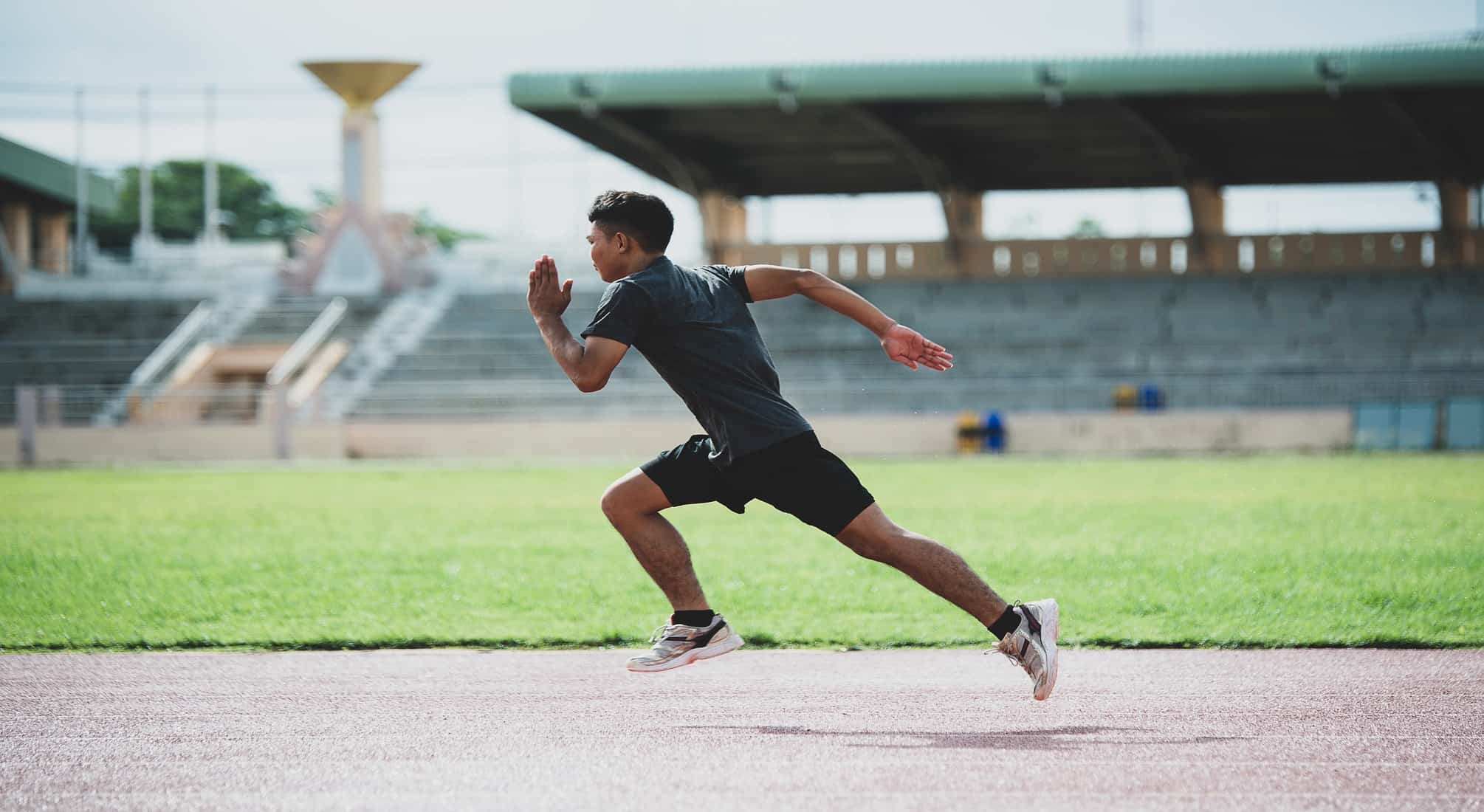
There are two major kinds of dorsiflexion as explained below.
- Ankle Dorsiflexion: Dorsiflexion of the ankle is when you draw your toes toward your shins. For proper dorsiflexion, you ought to move your foot toward your shin between 10 to 30 degrees. Many might consider this as a very basic movement, yet this movement plays a crucial role in efficient running.
- Wrist Dorsiflexion: For dorsiflexion of the wrist or hand, it happens when you flex your wrist joint back toward your lower arm.
MECHANISM OF DORSIFLEXION
Ankle dorsiflexion is a complex movement that uses muscles in the anterior of the foot. There are different muscle tendons that pass through the anterior of the foot and the ankle joint, including the tibialis anterior, extensor digitorum longus, extensor hallucis longus, peroneus tertius so on.
The deep peroneal nerve supplies movements and sensation to these tendons. If there is any damage to this nerve, it will likely prohibit you from being able to raise your foot and doing dorsiflexion.
MEASUREMENT OF DORSIFLEXION
The goniometer is a relatively cheap and frequently used option, especially in the clinical environments. It needs a precise alignment of the axis with the joint fulcrum as well as an established reference point for positioning the two arms. As such, using goniometer requires a high level of technical proficiency. However, it is worth noticing that as per few research studies, this measurement technique gives a lower reported values than other measurement method.
Regarding the use of the inclinometer to measure ankle dorsiflexion, it requires the rater to identify tibial tuberosity so as to place the inclinometer consistently in a weight-bearing position or just to identify the base of the fifth metatarsal in a non-weight bearing position.
Another way to quantify ankle dorsiflexion range of motion is with a tape measure which is inexpensive and can be performed in a variety of settings. This method doesn’t require much technical expertise like other methods. Besides, the sensitivity to change of the tape measure method is higher comparatively.
Among the three measures of ankle dorsiflexion range of motion, studies show that all three techniques have good reliability and low measurement error generally. Yet, the use of the tape measure and inclinometer method result in higher reliability coefficients and lower standard error compared to the goniometer method.
IMPORTANCE OF DORSIFLEXION
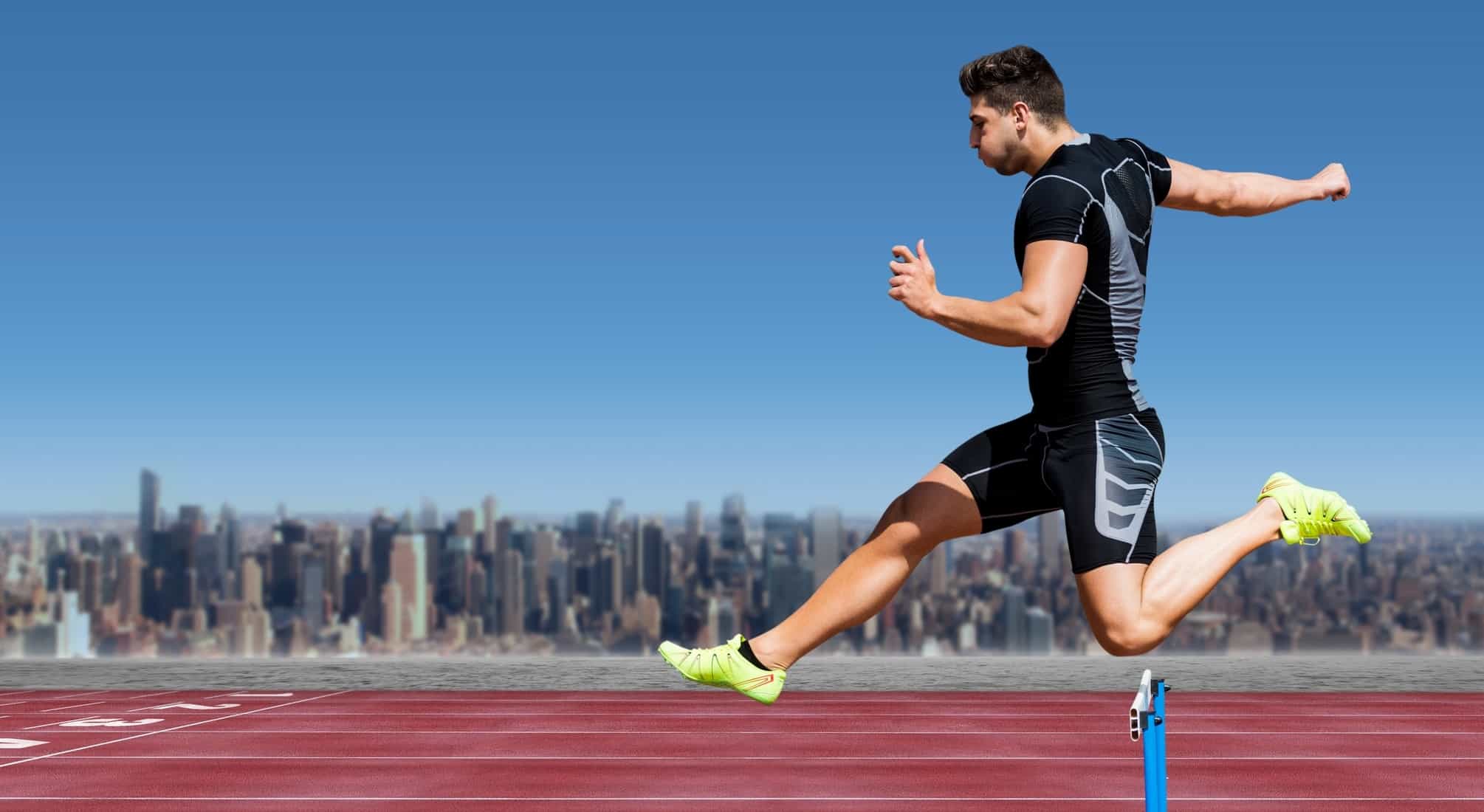
The fact that we always use dorsiflexion in our daily lives shows the great importance of this movement. Ankle dorsiflexion is specifically used in functional activities such as walking, stair ambulation, running and so on. Dorsiflexion greatly helps runners become more efficient.
Running is a weight bearing exercise that is similar to walking. However, being able to walk does not reflect the ability to run. Running requires a greater joint range of movement as the speed of gait increases. Moreover, this form of sport requires considerable muscle balance and strength for body support.
For other activities such as walking or kneeling, the ideal dorsiflexion range of motion within the lower extremity is about ideal mechanism is about 10-20 degrees ankle dorsiflexion whereas for activities like running, it is necessary to increase to 30-degree ankle dorsiflexion. It is because as per a research study, it mentions that a greater ankle dorsiflexion is required in order to achieve an initial heel contact in running.
As such, dorsiflexion plays a vital key in our lives. Proper dorsiflexion is extremely crucial for runners. It helps them become more efficient in the following aspects:
1. Reduces Risk of Falling
According to a research study, poor dorsiflexion is highly associated with a high risk of falling. It is due to the fact that the foot does not land in its appropriate place. For this reason, dorsiflexion is also referred to as “foot drop”.
2. Minimizes Finish Times
Runners having proper dorsiflexion tends to minimize the time their feet touch the ground, hence increasing overall running speed and minimizing finish times. This strategy and proper movement work particularly well for longer races such as a half-marathon or full marathon where each second counts.
3. Decreases Injury
In a repetitive activity or movement like running, if you have a bad foot strike, you may get injured easily. In order for runners to avoid or reduce short-term or long-term injuries, runners need to improve and have proper dorsiflexion.
CAUSES OF POOR DORSIFLEXION
A lack or loss of dorsiflexion causes great impact to your ability in performing functional activities. The potential causes of dorsiflexion are explained as follows:
1. Ankle Joint Restriction
The joint capsule, a dense fibrous connective tissue containing synovial fluid, is vital to the function of synovial joints. The synovial fluid serves as a natural “hinge” that ensures smooth gliding of the tendon due to its lubrication properties. When the ankle joint is restricted either by a tight joint capsule or scar tissues in the joint, this can result in movement problems and poor dorsiflexion.
2. Genetics
Dorsiflexion issues can be predisposed to you due to your genetics, such as having structural discrepancies.
3. Flexibility Problem
Poor dorsiflexion can occur when you have tight calf muscles or an accumulation of lactic acid due to intense training sessions. This can decrease the range of motion of the ankle, hence restricting dorsiflexion as well as your ability to run.
4. Lower Body Injury
Ankle sprains is a stretch or tear of the ligaments whereas plantar fasciitis is a cause of heel pain that involves the inflammation of the plantar fascia. If both of these ankle injuries are not treated and healed properly, your body makes improper adjustments by limiting movements to avoid pain. However, doing this on a usual base makes the joint capsule tight and cause scar tissue which limits dorsiflexion.
5. Medical Conditions
Wrist dorsiflexion can be restricted by arthritis, which is a swelling and tenderness of your joints. Limited wrist dorsiflexion may also be induced by other medical conditions such as carpal tunnel syndrome, ganglion cysts or Kienbock disease. Disorders in the back or the hip, for example spinal cord disorder, muscular dystrophy and so on also cause poor dorsiflexion.
6. Nerve Damage
Compression of a leg’s nerve is one of the most common causes of poor dorsiflexion. Having a pinched nerve in the spine do affect your gait.
7. Surgery
Unusual gait and poor dorsiflexion is also caused by knee or hip replacement surgery. Do work closely with your therapist to improve your condition.
HOW TO IMPROVE ANKLE DORSIFLEXION
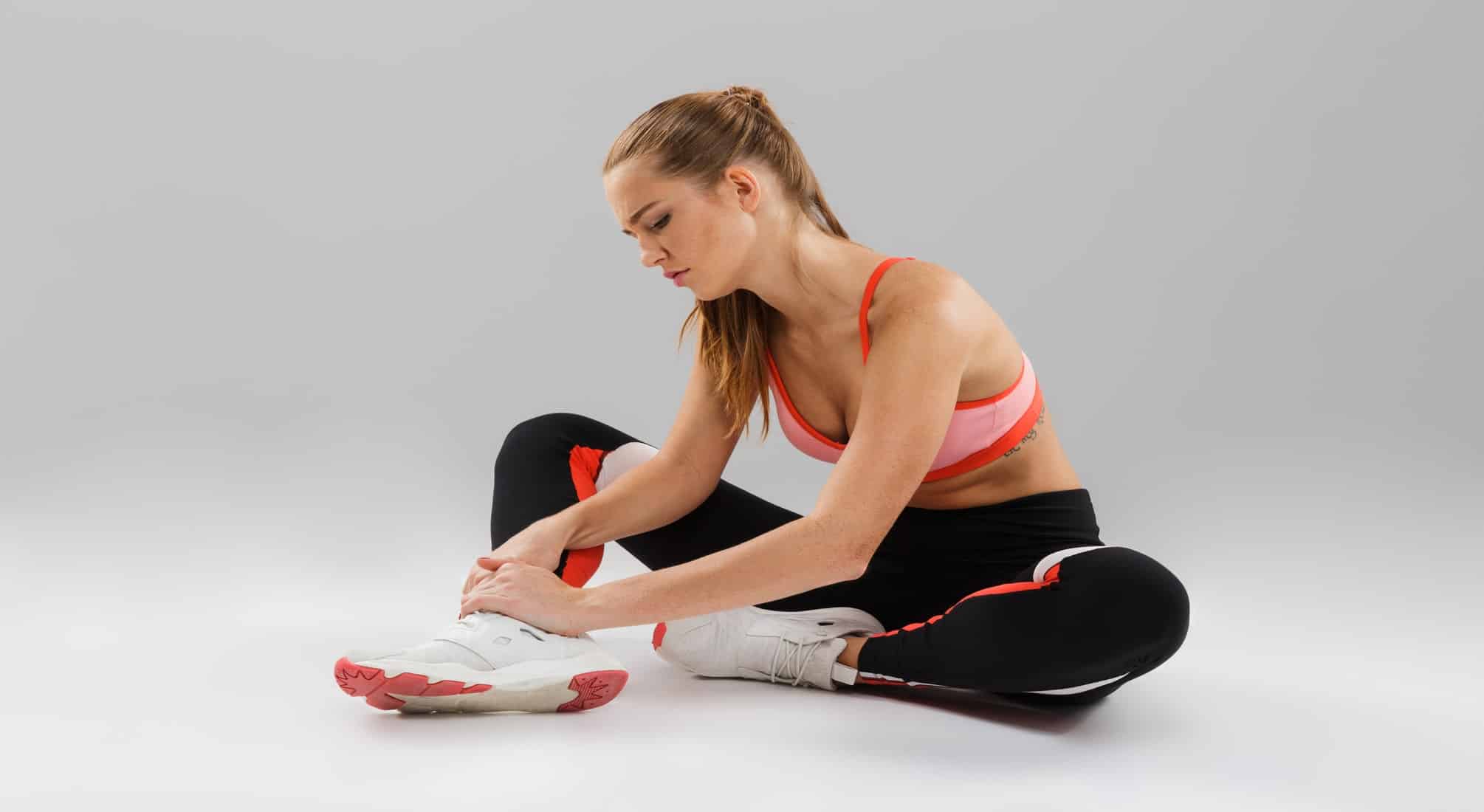
The ability to have proper dorsiflexion is crucial to perform normal functional activities. You should actively improve your ankle mobility and strength in daily routine. Below explains some exercises and techniques that are useful to improve ankle dorsiflexion.
Doing Yoga
There are various yoga poses that help increase and improve ankle dorsiflexion range of motion. Poses including the downward facing dog pose, camel pose, chair pose as well as garland pose, all facilitate ankle dorsiflexion.
Remember to practice these poses correctly and intelligently. Breathe softly and rhythmically throughout your practice. Listen to the repose of your body and act accordingly.
Ankle Mobility Exercises
Doing ankle mobility exercises have been shown to improve ankle dorsiflexion range of motion. There are a number of exercises you can simply perform at home. One of them is the Ankle Circles exercise. In this exercise, you stand on one leg and move your free ankle in both clockwise and anti-clockwise direction. Repeat this exercise for 15-20 times of both ankles. Practice other ankle mobility exercise as well to improve your ankle dorsiflexion.
Stretching
Tight calves can be uncomfortable and cause poor dorsiflexion and difficulty in walking. Stretching your calves can significantly enhance your ankle mobility. Helpful stretches include rolling your calf back and forth over a foam roller.
HOW TO IMPROVE WRIST DORSIFLEXION
The importance of wrist mobility and dorsiflexion cannot be stressed enough. It is crucial for everyday life. To improve wrist dorsiflexion, you can perform exercise such as wrist rotation, wrist stretching, palm press and so on. You may even use dumbbells to help strengthen your wrist.
TAKEAWAY
Dorsiflexion might be considered as a basic movement, however, it performs a significant role in your daily life. You can simply self-assess your dorsiflexion range of motion using various techniques and work on improving your dorsiflexion accordingly in order to facilitate your daily activities.


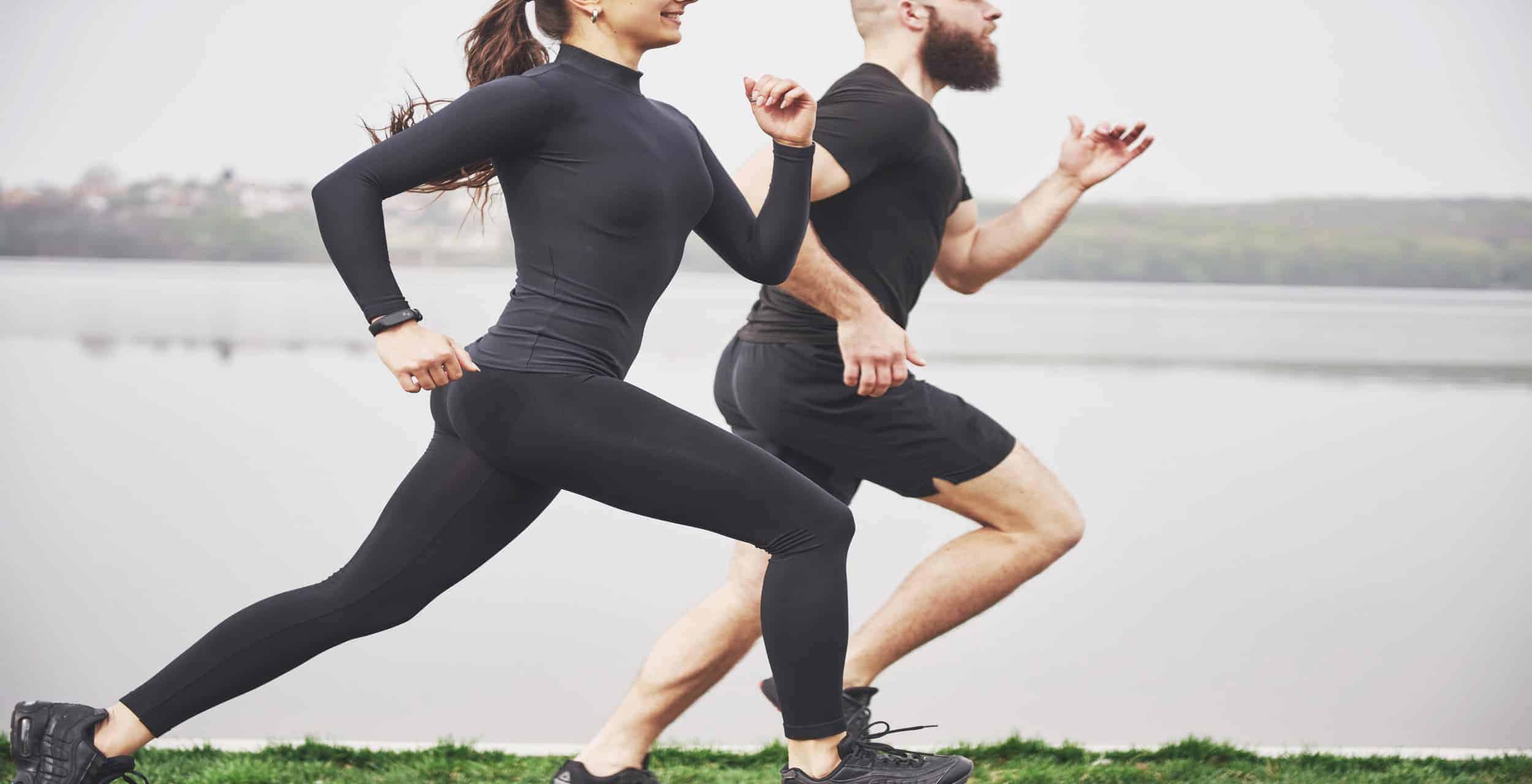




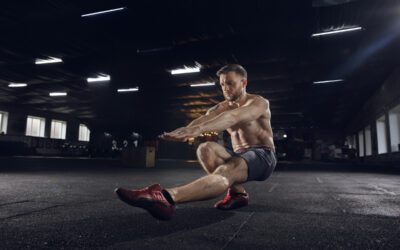
0 Comments